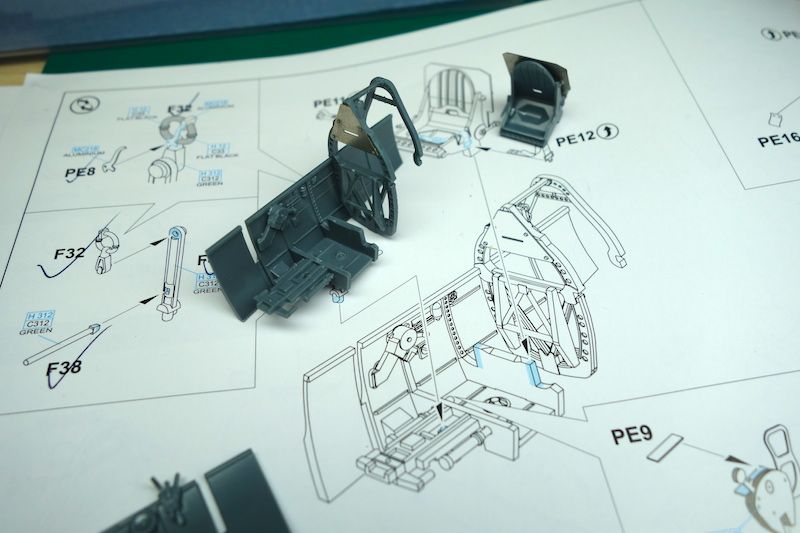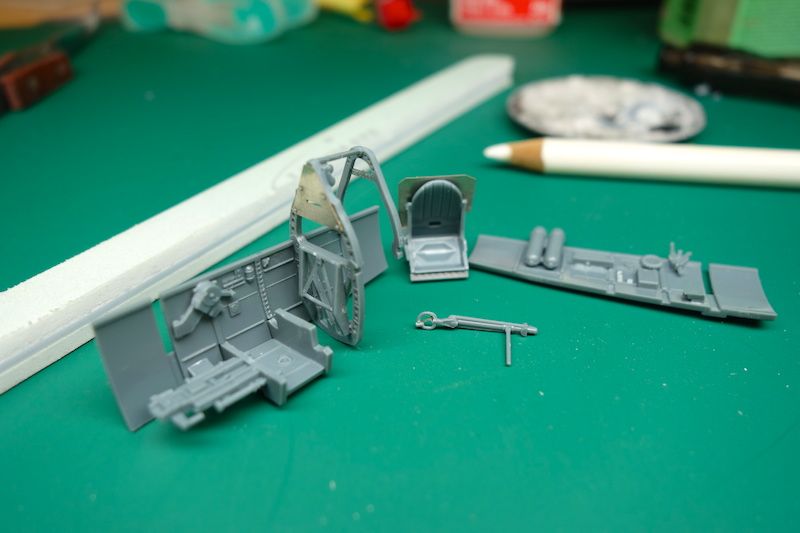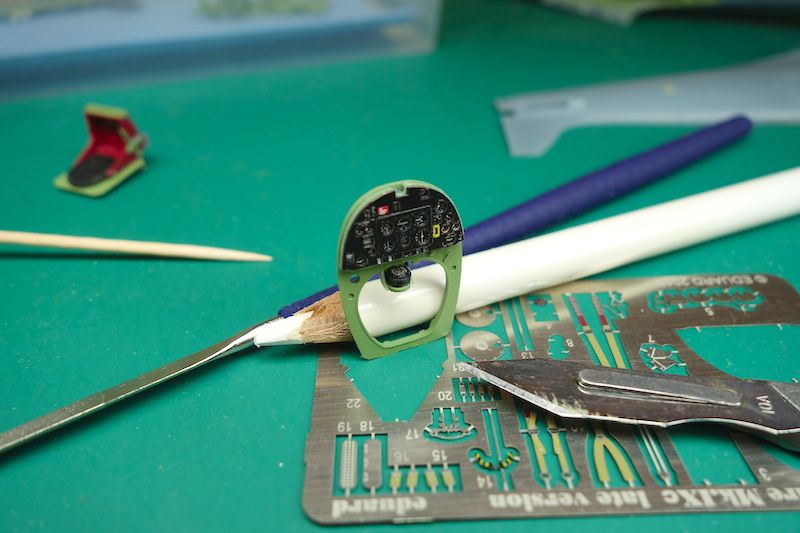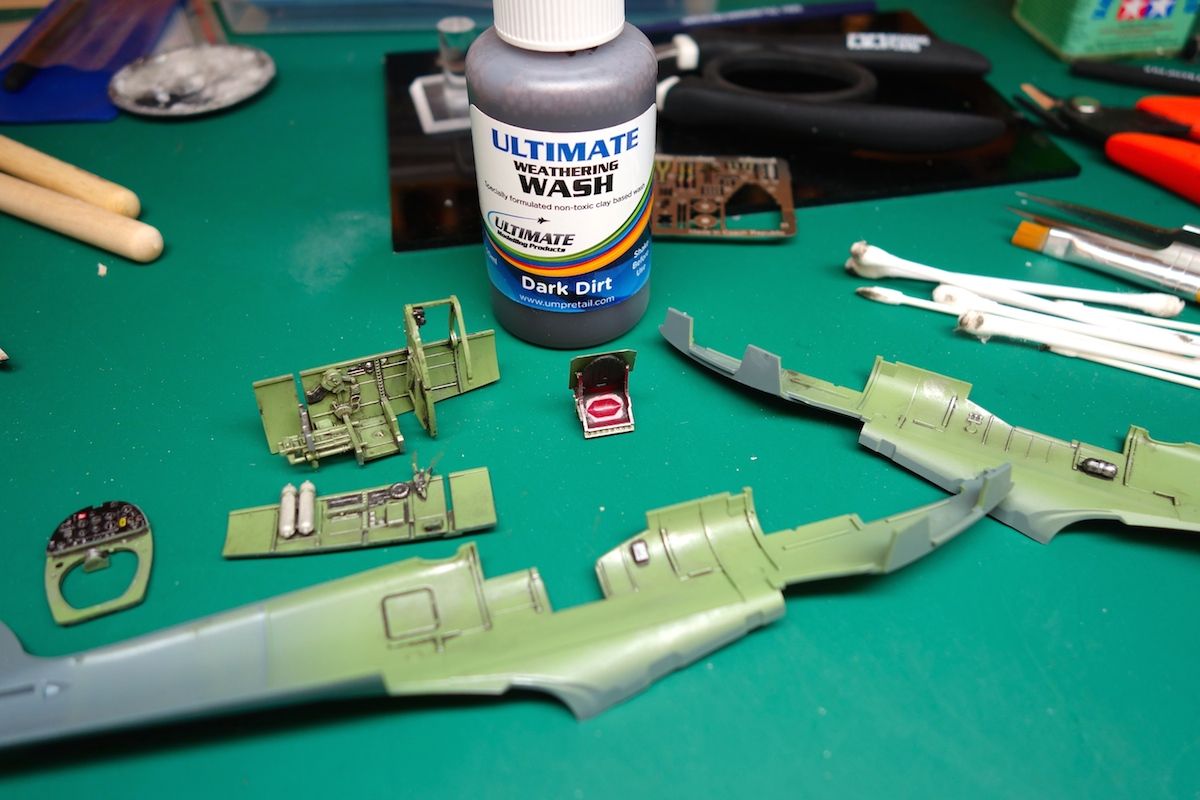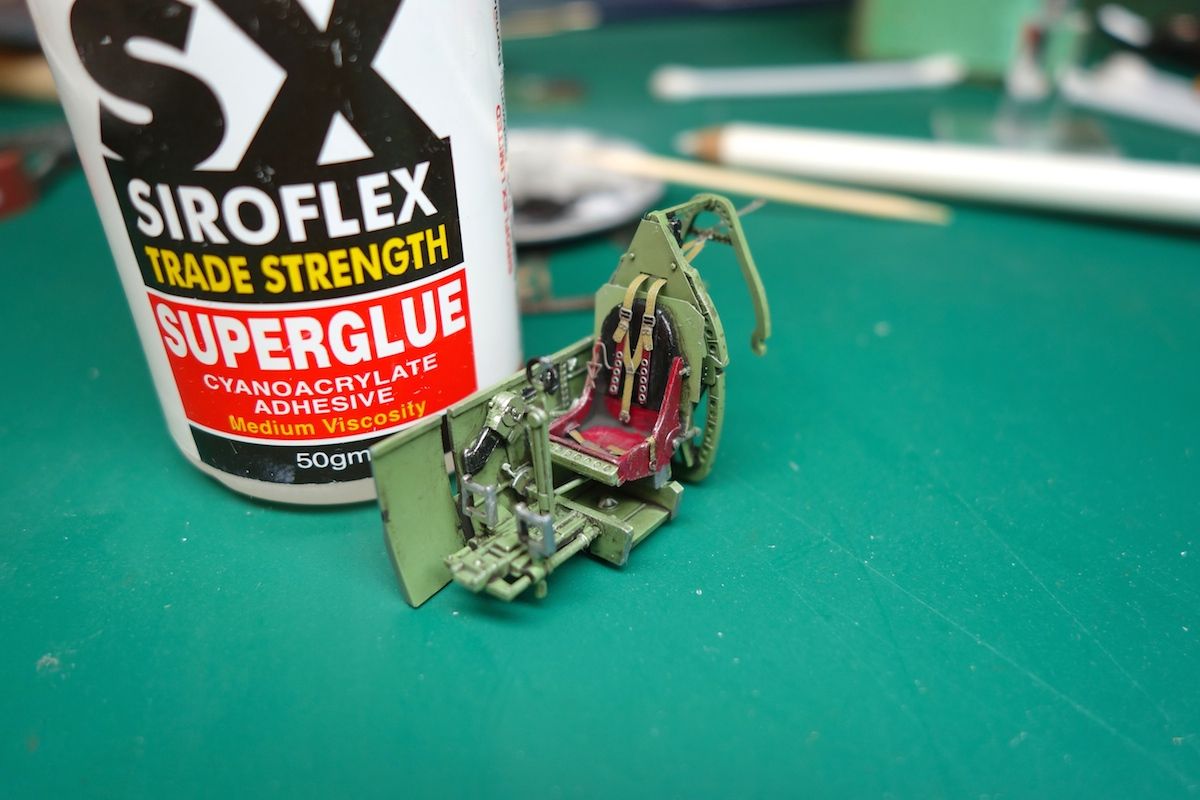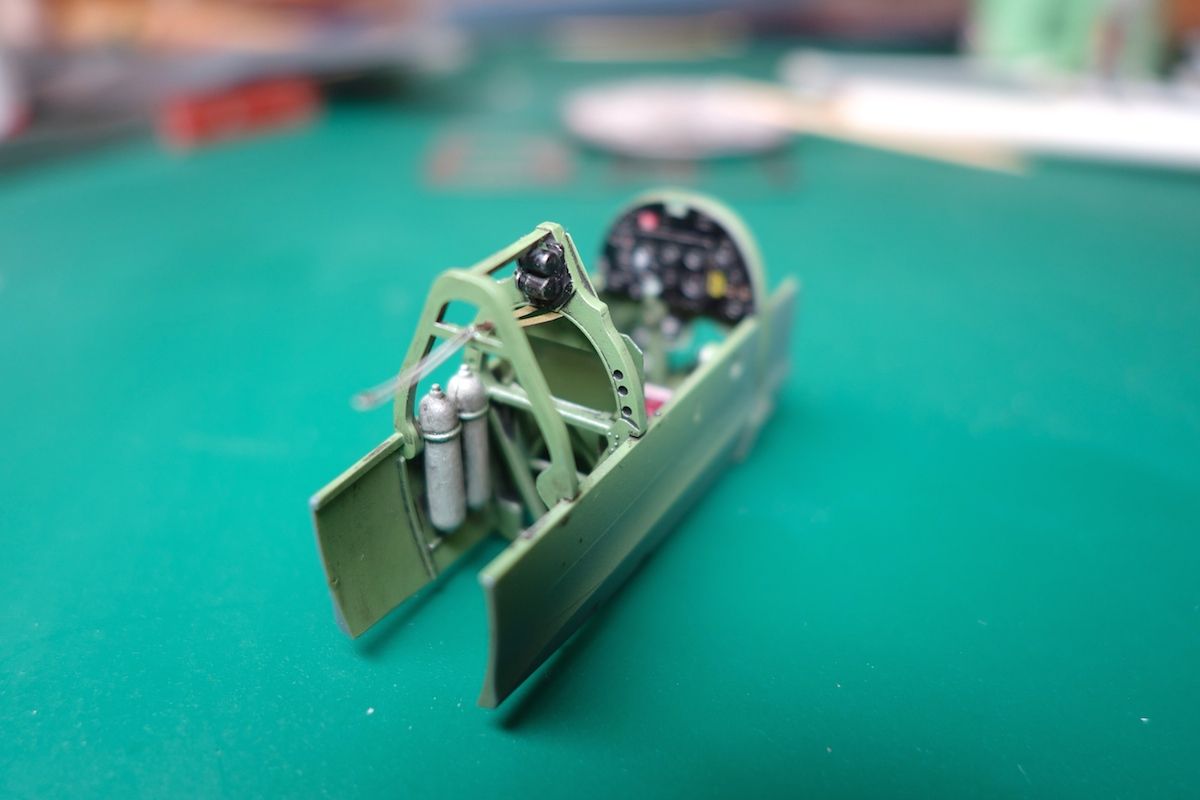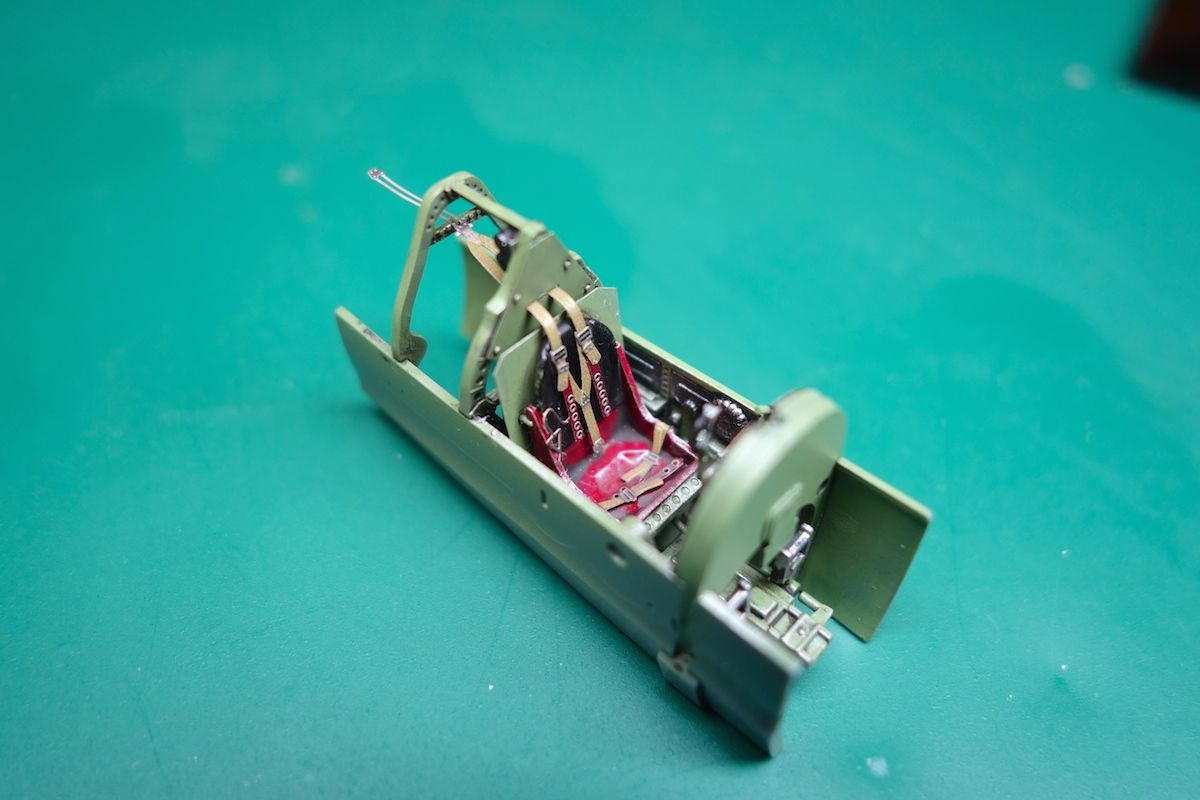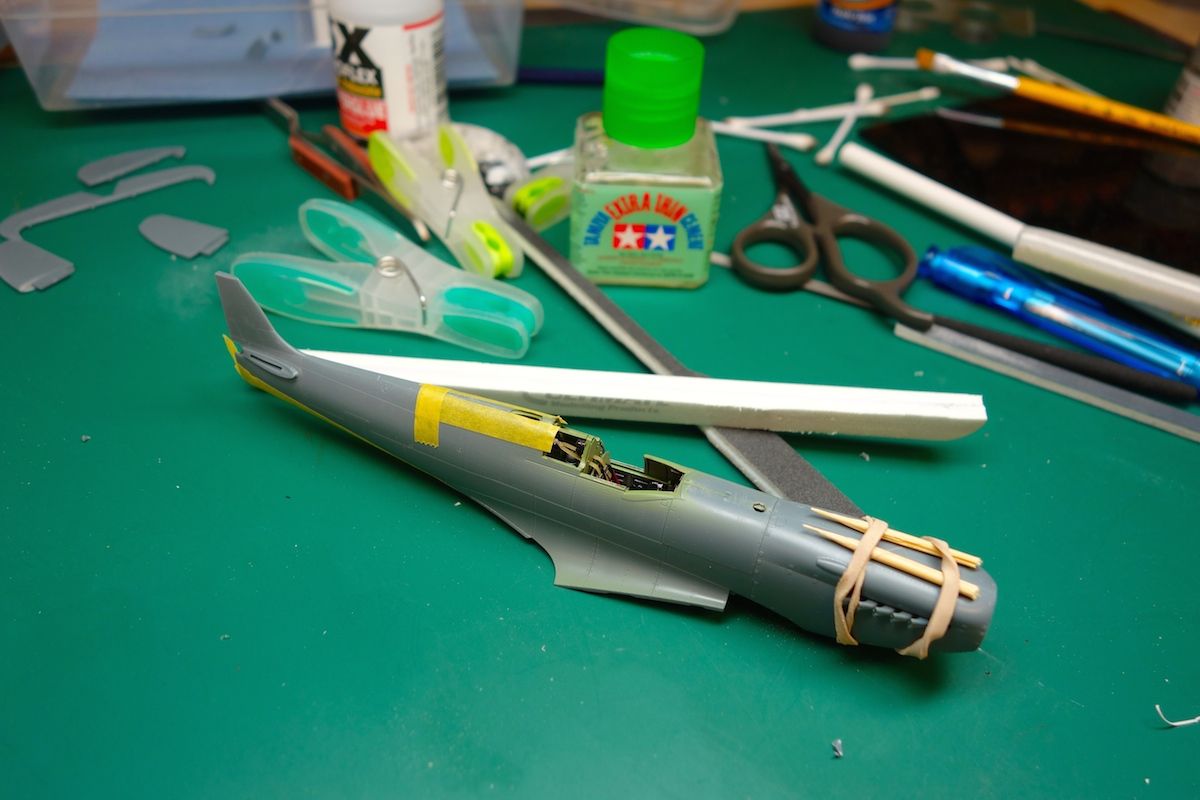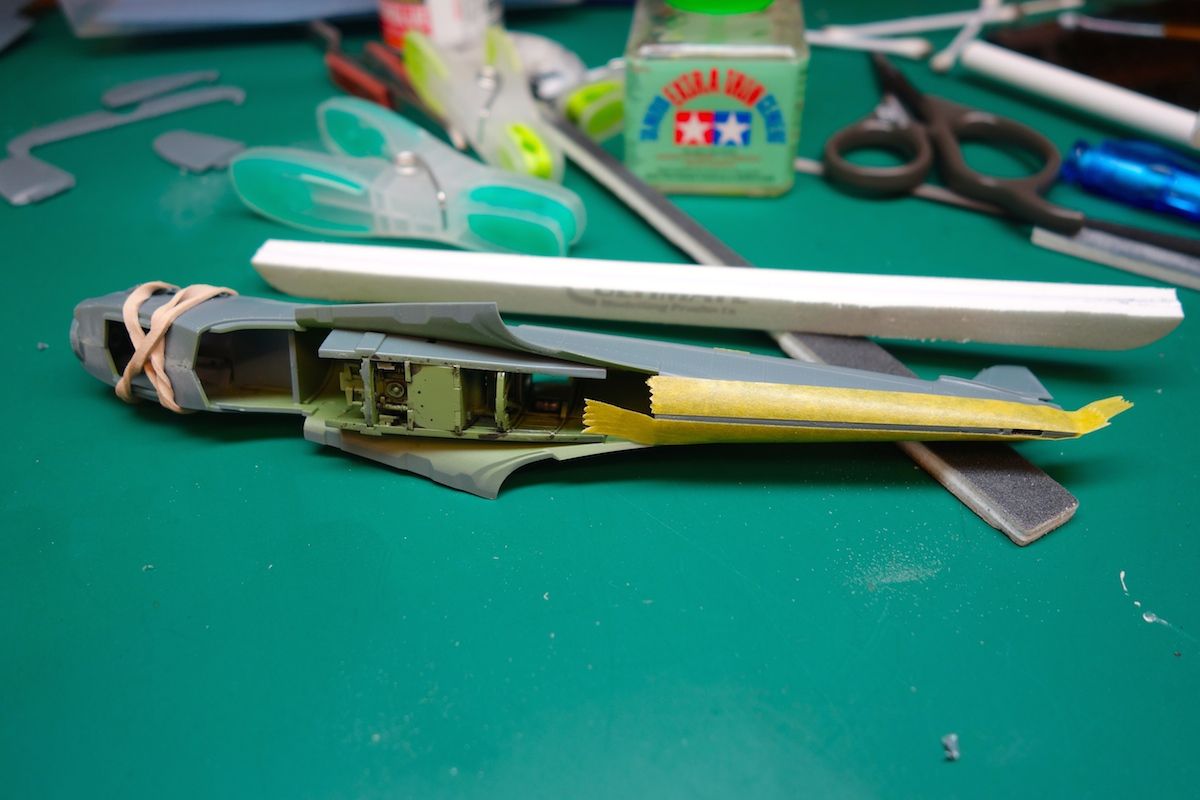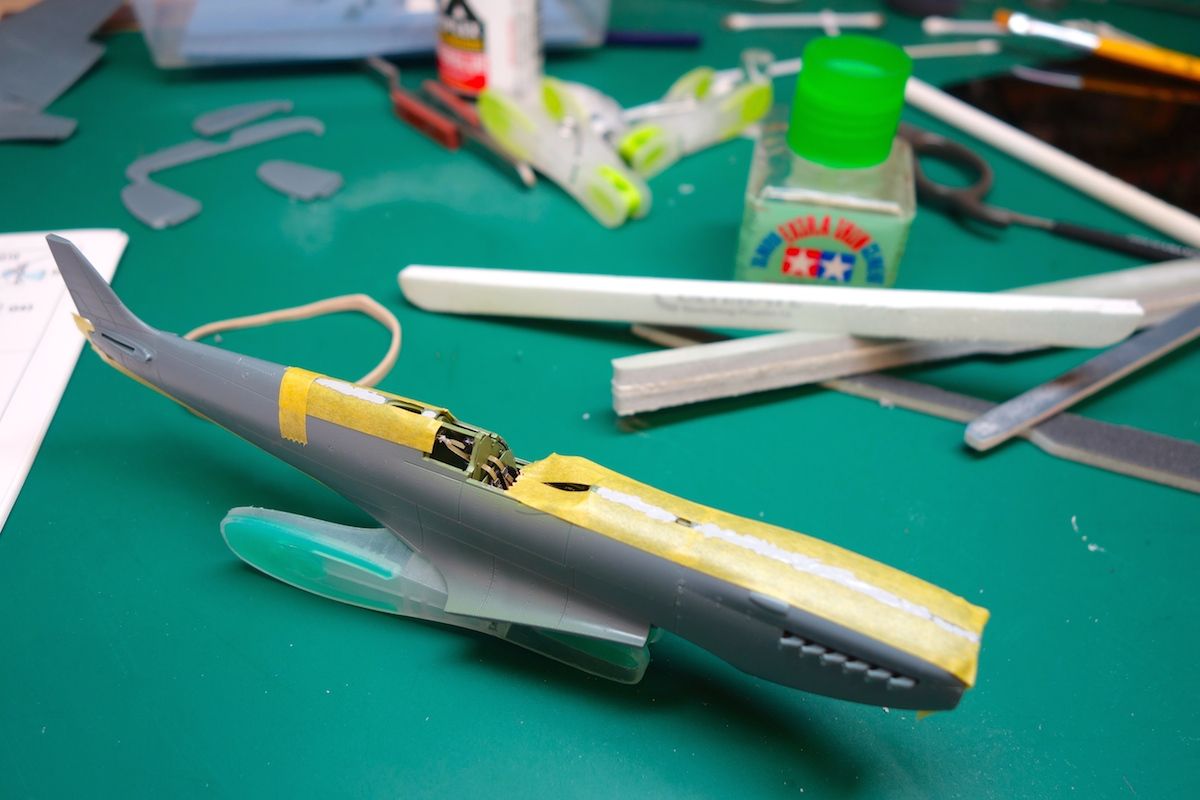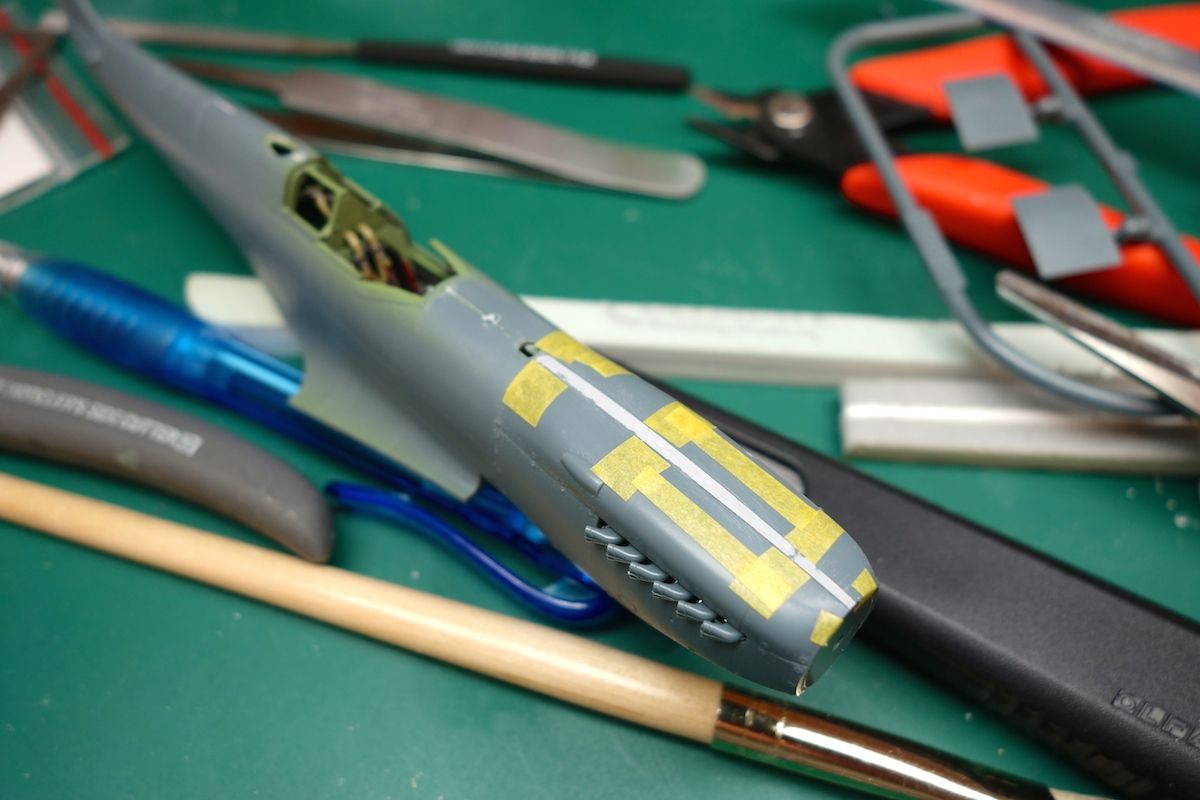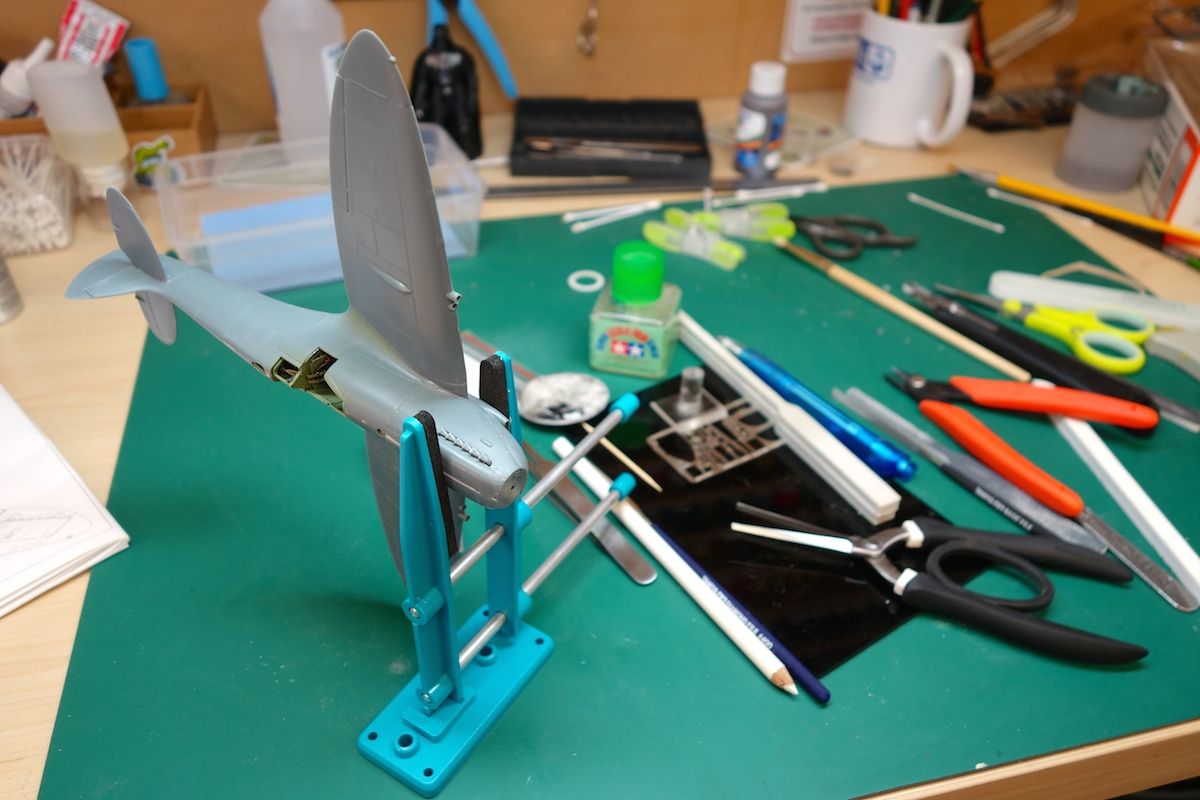First off some facts and history, all provided courtesy of wikipedia and other sources....
The Aircraft
Supermarine Spitfire Mk.IX (type 361)

In the early months of 1942, with the clear superiority of the Focke Wulf Fw 190 over the Spitfire VB, there was much pressure to get Spitfires into production using the new two-stage supercharged Merlin 61 engine. In September 1941 the Spitfire Mk III prototype N3297 had been converted by Rolls-Royce at their Hucknall plant to take a Merlin 60, which had been specifically designed for use in the Wellington Mk VI high altitude bomber.
The performance increase was described as a "quantum leap" over that of the Mk VB and another Spitfire airframe, R6700 was modified to take the new engine. Although design work on the Mk VII and VIII series was under way, these would take over a year to get into production and a counter to the Fw 190 was urgently needed. The Air Ministry made the decision that Mk VC airframes should be converted to take the more powerful engine and, as a result, many of the early IXs were converted Mk VCs which did not have any of the refinements which later appeared. These could be identified by the Type C wing with the large double blisters over the inner cannon bays and the identification light on the fuselage spine, behind the aerial mast. The elevator horns were also smaller in size than that of most Mk IXs which had larger horn balances. The first IX was a modified VC AB505, which was tested by the Air Fighting Development Unit (AFDU) in April 1942. The report said;
The performance of the Spitfire IX is outstandingly better than the Spitfire V especially at heights above 20,000 feet. On the level the Spitfire is considerably faster and climb is exceptionally good. It will climb easily to 38,000 feet and when levelled off there can be made to climb in stages to above 40,000 feet by building up speed on the level and a slight zoom. Its manoeuvrability is as good as a Spitfire V up to 30,000 feet and above is very much better. At 38,000 feet it is capable of a true speed of 368mph and is still able to manoeuvre well for fighting.
Although the Mk IX's airframe did not have the aerodynamic and strength improvements, or the modified control surfaces of the Mk VII and VIII, the Mk IX still proved to be an effective counter to the Focke Wulf Fw 190.
Early Mark IXBs of 611 Squadron based at Biggin Hill in late 1942. Note the large cannon blisters and ID lights behind the mast, denoting converted Mk VCs.
In September 1942, the "High Altitude Flight" was set up at RAF Northolt to counter the threat of the high altitude Junkers Ju 86 R bombers. Two Spitfire IXs converted from VCs were stripped of armour, the .303 Brownings and other equipment and repainted in a lightweight PRU blue finish. One of them intercepted a Ju 86R at over 40,000 feet (12,000 m).
Production of the Mk IX finished at Supermarine in June 1943, with production continuing exclusively at the Castle Bromwich factory. Several major and large numbers of minor improvements were progressively introduced to Mk IXs, some of which were used on other Spitfire variants.
The Merlin 61 was phased out early in 1943 in favour of the Merlin 63 and 63A. The new engine had increased power resulting from engine improvements and engine limitations of +18 lbs./sq.in and 3,000 rpm (5 minute combat). During the second half of 1943, production of the Merlin 63 powered F Mk IX was discontinued in favour of the Merlin 66 powered LF Mk IX. Early production Spitfire IXs suffered from vapour locks in the fuel lines resulting from fuel evaporating if the aircraft was parked in direct sunlight. As a result of this the gun-camera was moved from the port wingroot to the starboard wingroot and a fuel cooler, fed by a small round air-intake was fitted in its place. This fuel cooler was also fitted to early PR Mk XIs.
Production of the LF Mk IXs, frequently referred to as the Spitfire IXB, initially ran in parallel with the Merlin 63 powered Marks. This version first became operational in March 1943 with the Biggin Hill Wing, comprised at the time of 611 and 341(Free French) Squadrons. This type was by far the most produced of the Spitfire IX variants, with over 4000 built. The maximum power of the Merlin 66 was 1,720 hp (1,280 kW) at 5,750 ft (1,283 kW at 1,752 m) and the maximum speed of the Spitfire LF IX was 404 mph (650 km/h) at 21,000 feet (6,400 m). The Merlin 66 introduced a new Bendix-Stromberg injection carburettor, which replaced the earlier S.U float carburettor.
The H.F IX was powered by the specialised high altitude Merlin 70 and entered service in the Spring of 1944. Serial listings show that the HF Mk IX was produced in relatively limited numbers when they were required, with priority being given to versions rated for low and medium altitudes. Maximum power of the Merlin 70 was 1,710 hp (1,280 kW) at 11,000 ft (1,275 kW at 3,353 m): maximum speed of the Spitfire HF.IX was 405 mph (652 km/h) at 25,400 feet (7,700 m) at an all-up weight of 7,320 lbs (3,320 kg).
Also introduced in early 1944 was a new Mark II Gyro gunsight. This gunsight calculated the correct angle of deflection to use when leading the target. Its introduction doubled the effectiveness of RAF gunnery and was a major factor in Allied air superiority.
The capacity of the main fuel tanks was 48 gal for the upper tank and 37 gal for the lower, for a total internal capacity of 85 gal. Jettisonable "slipper tanks" of 30, 45 or 90 gal could be carried under the centre-section. As an alternative a cylindrical 50 gal drop tank, adapted from those carried by long range Hawker Typhoons, could be carried on the fuselage bomb rack used on most Mk IXs of the Second Tactical Air Force. To further increase the combat radius some late production Mk IXs were fitted with additional internal self-sealing fuel tanks in the rear fuselage: the upper tank carried 41 gal and the lower 34 gal. When both were full this enabled a ferry range of over 1,200 miles (1,900 km), although they made the aircraft unstable in flight and only straight flight and gentle manoeuvres at low altitudes were recommended by the pilot's manual. The pilot was also warned to avoid instrument flying whenever possible.
Late production Mk IXs, in common with Mk XVIs introduced a new upper engine cowling which incorporated a distinct bulged top surface; this design was adopted for the Mk XVI to allow for the modified intercooler of the Packard Merlin 266, which had an integral header tank.
The cut-down rear fuselage and bubble canopy, trialled on a Spitfire Mk VIII, was incorporated into very late production Mk IXs. With the cut down fuselage the lower forward fuselage tank capacity was increased to 47 gallons, while the rear fuel tanks were decreased to a capacity of 66 gallons. These were the rarest of the Mk IXs and many of them featured the "clipped" wings. The great majority of these saw postwar service with the SAAF, both in South Africa and in deployment in Korea during the 1950s.
During early 1945, some Spitfire IXEs and XVIEs of 74 Squadron were fitted with a single RP-3 rocket under each wing. This was believed to be the only RAF Spitfire unit to use rockets operationally during the Second World War.
The Pilot
W/O Henryk Dygala

(centre)
Served in aerial combat squadron 302 which was sustained by the success of pilots, one being pilot Henry Dygała of Gniewoszów. Born on 10 June 1919 in Borysku in Russia. In 1935, he joined the Air Park at Aviation Training Center No. 1 in Deblin. The outbreak of war in September 1939, found him on the Major Course piloting planes early. As one of the few pilots that were evacuated to Hungary and then to France. After the fall of France he got to England. In March 1940, he was sent for refresher pilot training in Morocco, followed by a course of specialization to No. 61 Units Combat Training. From 1 December 1944, has been seconded to the distribution of British and American aircraft in North Africa and Europe. After the war he remained in England, graduated from higher education and worked in a power plant. He was awarded the Cross of Valour three times and the Air Medal. He died in February 2002
The Squadron
No. 302 Polish Fighter Squadron RAF
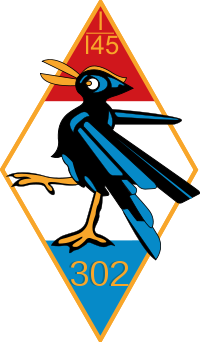
No. 302 (City of Poznan) Polish Fighter Squadron RAF (Polish: 302 Dywizjon Myśliwski "Poznański") was a Polish fighter squadron formed in Great Britain as part of an agreement between the Polish Government in Exile and the United Kingdom in 1940. It was one of several Polish fighter squadrons fighting alongside the Royal Air Force during World War II.
It inherited the traditions, along with the emblem and a large part of the initial crew, of the pre-war Polish III/3 Fighter Squadron composed of the 131st and 132nd Fighter Escadrilles.
The Squadron was one of the four Polish-cored Royal Air Force squadrons that participated in the Battle of Britain. It consisted mostly of Polish pilots, many of whom were veterans. The backbone of the squadron was formed by 13 pilots who served with the I/145 Polish Fighter Squadron and were evacuated from France during the last stages of the German invasion of France.
The squadron was formed on July 10, 1940. They piloted some Hawker Hurricanes and were put under the No. 12 Group RAF. As the combat became more fierce, the 302 was moved to RAF Duxford, north of London, where the squadron operated from September 14 through September 25. Having enjoyed some success on East Coast patrols following the Battle of Britiain, No. 302 Squadron re-located to RAF Jurby, Isle of Man, where they commenced night flying training and low level work. At some point afterwards the squadron operated from Chailey. On June 11, 1944, 302 became the first Polish Squadron to land in France, five days after D-Day. It was fighting as part of No. 131 Polish Fighter Wing when its airfield was attacked by Jagdgeschwader 1 during Operation Bodenplatte in January 1945.
No. 302 Polish Squadron lost 20 pilots killed, 12 missing and 9 taken prisoners, 63 aircraft destroyed and 43 damaged by the enemy’s air defense.
It was disbanded on 18 December 1946 at RAF Hethel. A replica Hurricane in 302 squadron markings is the gate guardian at the Imperial War Museum Duxford.
The Kit
Eduard 1/48 Spitfire Mk.IXc
Old review I did for this (1 year ago!)...
[youtube]8AO_3qQ3oyI[/youtube]
Box and sprue shots...

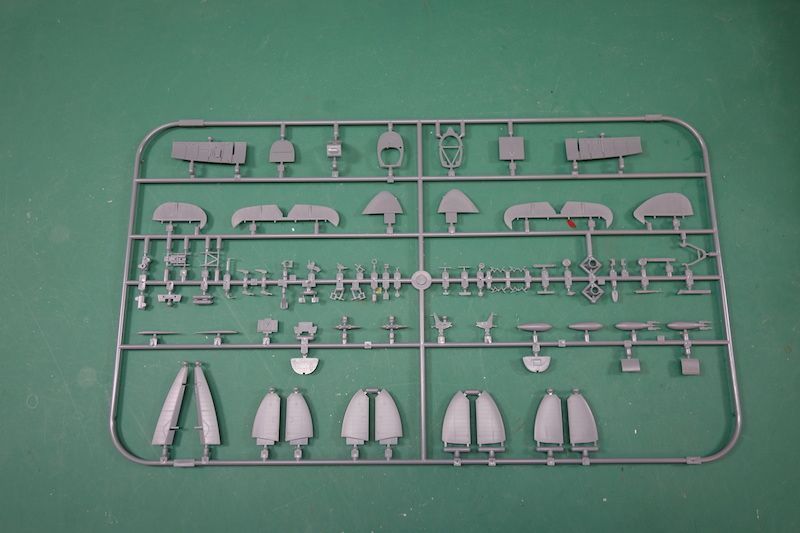
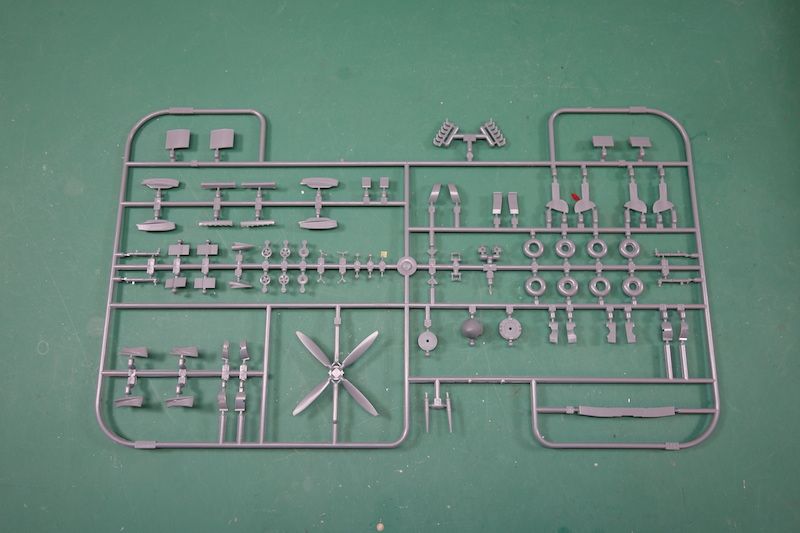

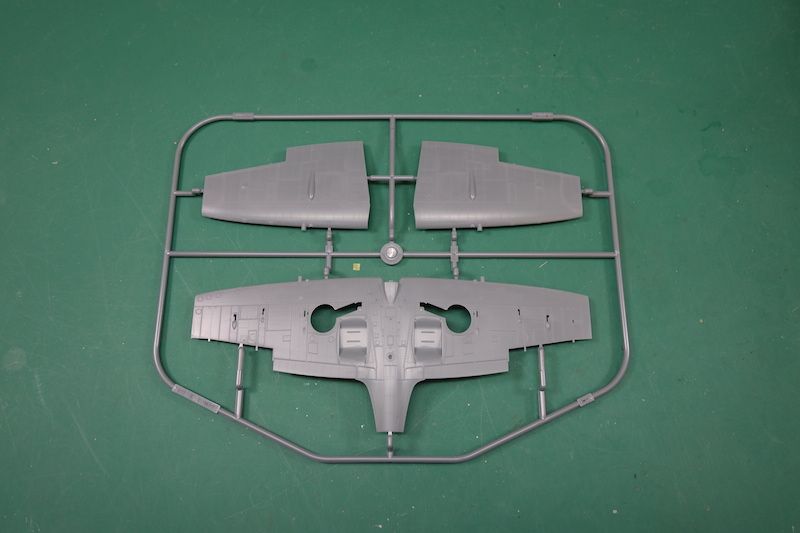
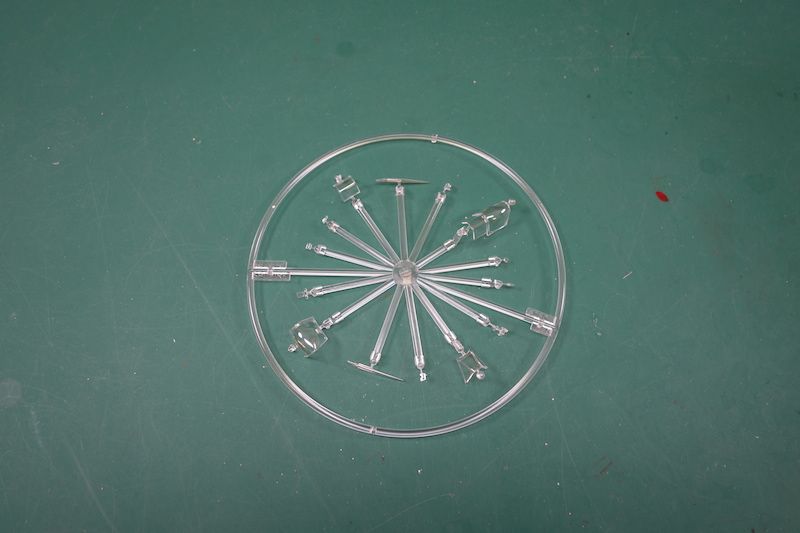
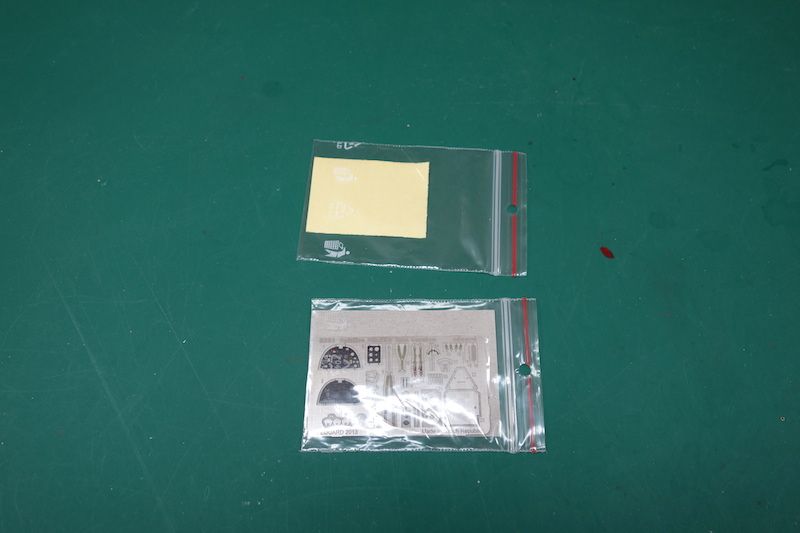
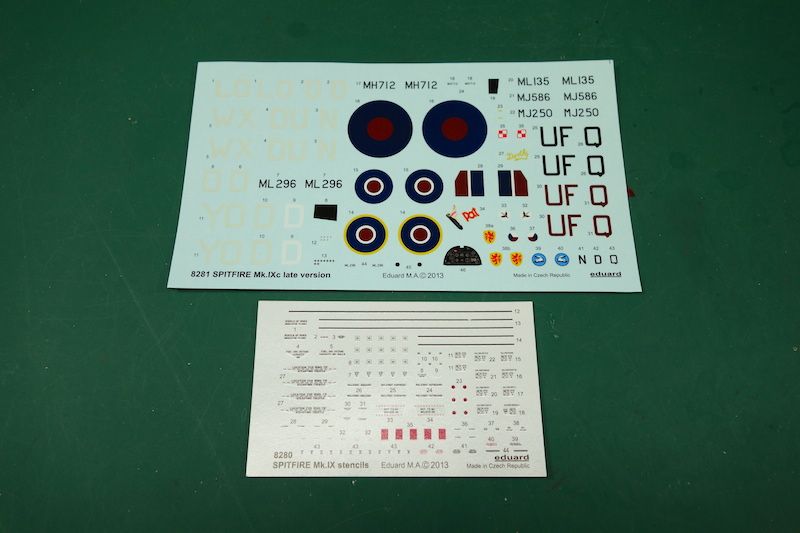

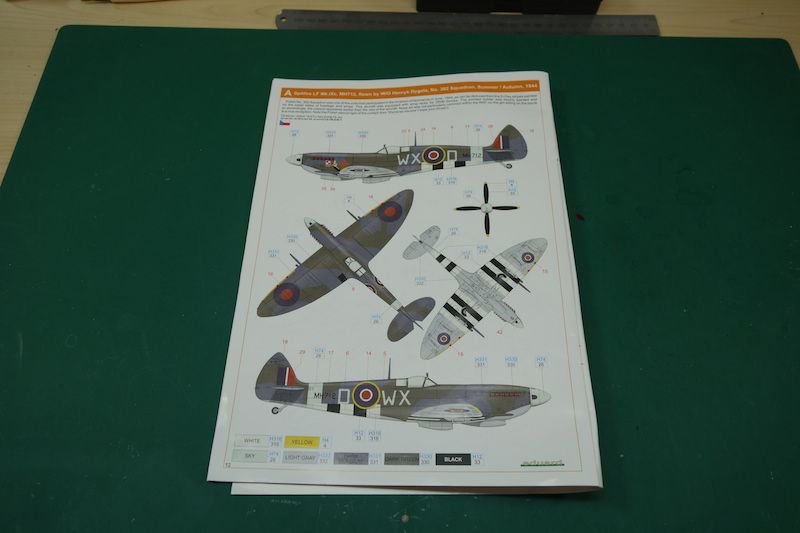
That is all....!!!






















